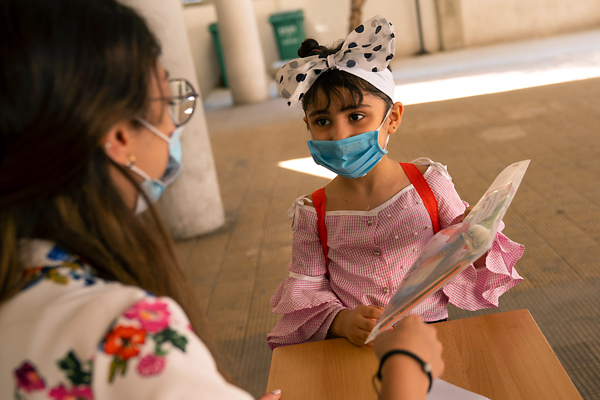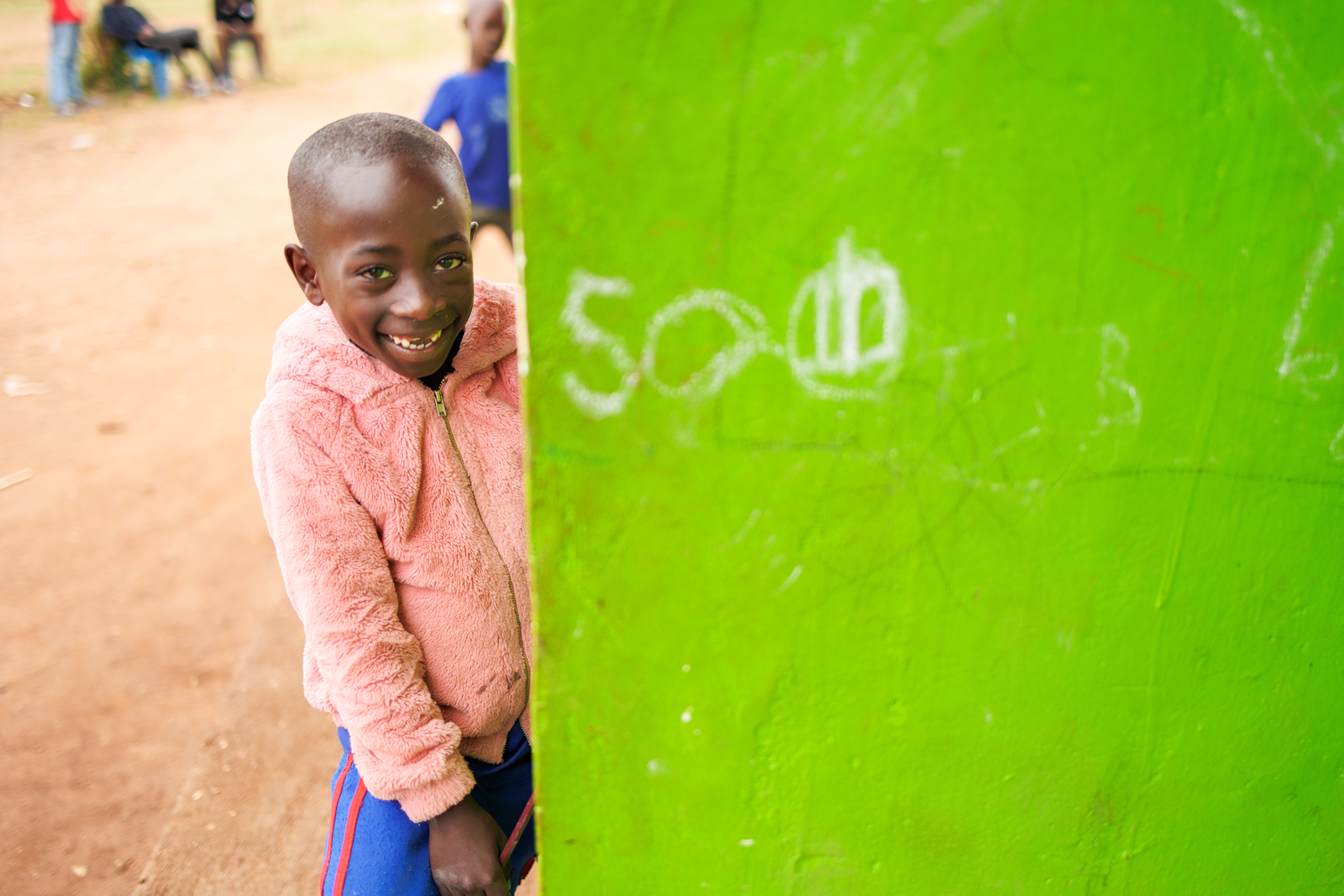
Refugees and internally displaced people

This page is about people who have been forced to flee their homes. It looks at the extent of the problem and the issues it causes for education.
How many people have been forced from their homes around the world?
There are currently 65.6 million people around the world who have been forced out of their homes. Among them are nearly 22.5 million refugees, over half of them under the age of 18.
There are also 10 million stateless people who are denied a nationality and basic rights such as education, healthcare and freedom of movement.
Unaccompanied or separated children lodged around 98,400 asylum applications in 2015. They were mainly Afghans, Eritreans, Syrians and Somalis. These are the highest levels of displacement on record.
Every day in 2016, 28,300 people were forcibly displaced as a result of conflict or persecution. This is equivalent to 20 people fleeing their homes every minute.
What is the difference between an internally displaced person, a refugee and a stateless person?
A refugee is a person who has left the country of their citizenship because they fear persecution over their race, religion, nationality, beliefs or membership of a particular social group. An asylum seeker is someone who has left their home country and formally applied for asylum in another country.
Internally displaced people have also fled their homes for safety. Unlike refugees, they have not crossed a border and are still within their own country. The reasons for their flight may be the same, but they are still under the protection of their country’s government, even if that government caused their displacement. This can make these people particularly vulnerable.
Stateless people are those who are not considered to be a legal national of any state. This means they do not have the nationality of any country. Some people are born stateless while others become stateless for a variety of reasons.
How many refugees and displaced people are there and where?
In 2016, over half of all refugees came from just three countries – Syria, Afghanistan and South Sudan. Many of them were children
The main countries hosting refugees in 2017 were Turkey (2.9 million), Pakistan (1.4 million), and Lebanon (1 million), Iran (980,000) Uganda (950,000) and Ethiopia (790,000).
Turkey is also home to the largest population of Syrian refugee children who should be at school, with over half a million aged between five and 17. Many of these children are now working, creating an epidemic of child labour in Turkey. Many of these children are forced to work in dangerous occupations for long hours in return for very low pay.
More than one million Syrian refugees are registered in Lebanon and an estimated 400,000 unregistered refugees there too. Lebanon’s population is 4.5 million, which it has the highest proportion of refugees – one in six – relative to its population of any country..
What does the number of refugees and internally displaced people mean for education?
Education is a basic human right, according to the 1989 Convention of the Rights of the Child. However, in 2016 only 60% of refugee children were enrolled in primary education and 23% were thought to be in secondary school. Many of the schools the children do attend are makeshift ones in camps.
For many refugee children, a quality education means they won’t have to start working for a living before they are adults, risking their health or safety to help their families scrape together enough money to pay the bills. During humanitarian emergencies, such as conflicts and natural disasters, being in school means children are less at risk of child labour, child marriage, exploitation and recruitment by armed forces.
What can be done about giving refugees an education?
While world leaders acknowledge the importance of education for refugees and displaced people, in 2016 less than 3% of all humanitarian aid went to education.
Giving children an education must become a priority in the response to every emergency situation where people flee their homes.
One of the ways that children can be given access to education outside their original home country is through a double-shift school system [Link to: Double-shift schools Projects page]. This opens up a second shift in the afternoon to allow refugees and displaced persons to enrol in formal education.
In February 2016, Turkey, Lebanon and Jordan offered one million school places for Syrian children and international donors responded at the Supporting Syria and the Region conference in London by promising to pay for this to happen. But by the time the 2016-17 school year began in these countries, there was still a large funding gap.
The Education Cannot Wait fund was launched in May 2016 and aims to reach more than 13.6 million children and youth living in crisis situations with quality education by 2021 and 75 million by 2030.
If you’d like to know more about refugeees and IDPs, you can visit the UNHCR website for up to date news and statistics.
This article was updated in January 2018.
Next resource
